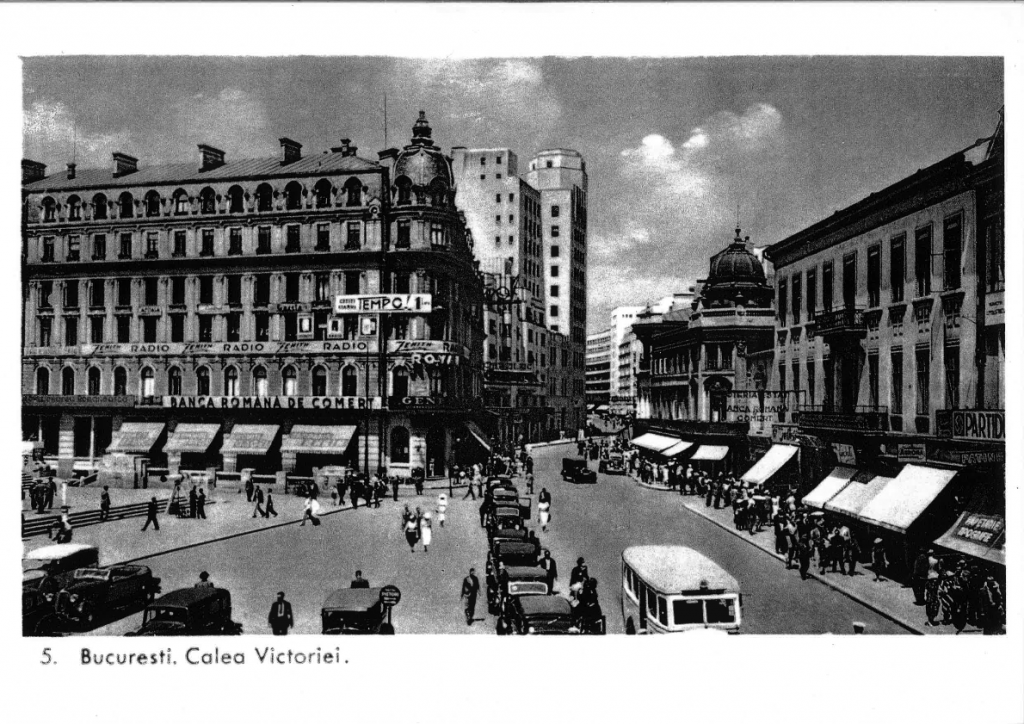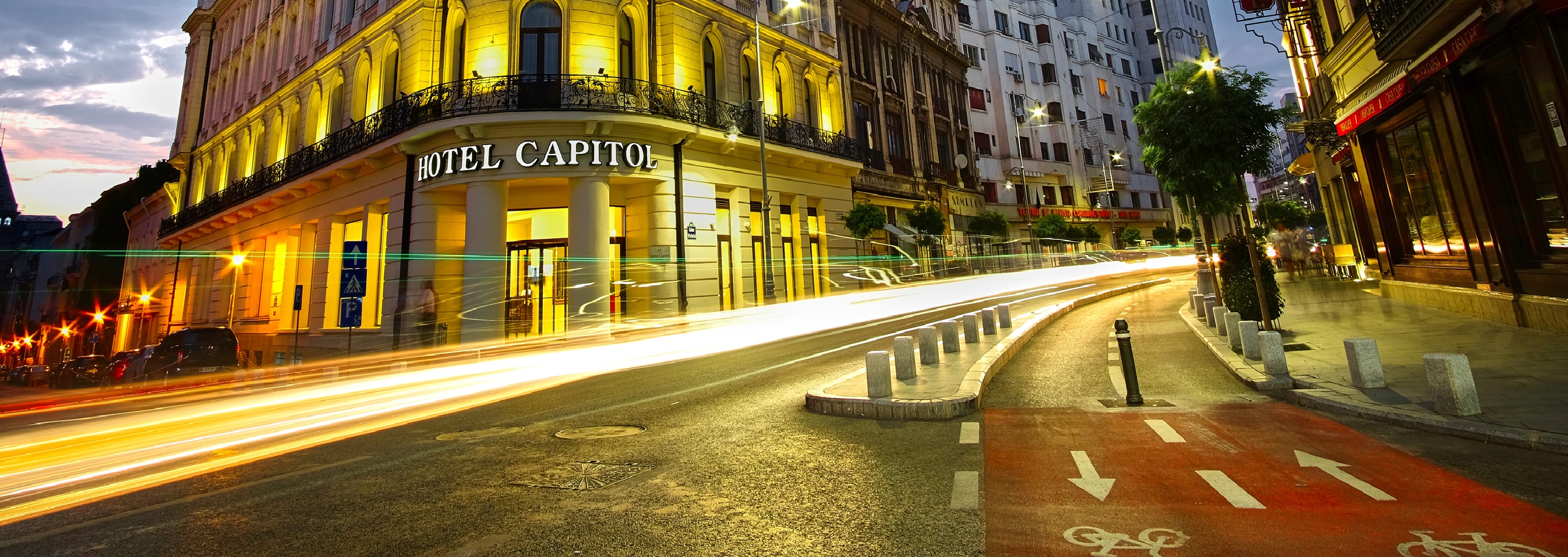Later, Zerlendi with the help of architect Henri de Wurmb added more floors and enlarged the property. This building becomes the offices of Anker Insurance Society from Vienna. Later, between 1900 and 1905, the building is completely restored under the finances of SAR Imobiliara. This new building becomes “Casa Luvru” due to the famous “Magasin de Luvru” that occupied the ground floor. This store was known for fine merchandise brought from Paris. (see photo 2)

Newspapers of the time indicate that during 1905 and 1910 there were many offices in this building such as the Sports Club and the Romanian Writers Association. People could rent the rooms for a day or for months. The Agricultural Anonymous General Insurance Company also had their offices in this building. (see photo 3 )

In February 1911 because of a fire started from “Magasin de Luvru” the entire building burns down. “Tribuna” newspaper describes all the details of the unfortunate event (see photo 4).

Following a fire in 1911, the Louvre Hotel (or Luvru - back then the name of the building at the corner of Constantin Mille and Calea Victoriei) is remodeled and extended by the famous architect Arghir Culina. The two wings of the building that correspond to the street fronts are connected through a cylindrical corner-volume, covered by an ornate dome. Through this volume the architect also solves the entrance apparatus, modified today from the initial image, alongside most of the ground floor. The facade comprises of three main registers, with the middle and upper registers each split into two secondary ones. The middle register's purpose is two gradually dissolve the facade bossage, in such a way that it becomes almost unnoticeable by the mid-upper sub-register, which is dominated by colossal attached pilasters.
The facade that encloses the Sărindari Fountain square (Flag Square), parallel to the Bulevard Hotel has the upper register split differently than the one along Calea Victoriei, reducing the size of the mansard to a single level, thusly heightening the surface of the facade.
The Eclectic silhouette of the Capitol Hotel remains almost unchanged, except for the ground level of course, for the past 100 years. (see photo 5)

During WW1, in 1917, the city found itself under German occupation and there were many German signs. Hotel Luvru was occupied by the Germans troups. (see photo 6)
Later, under architect Paul Smarandescu, the building becomes Banque Belge pour l’Etranger. Banque Belge pour L'Etranger, founded in 1921, played in Romania, the biggest role of all other branches of foreign banks, due to the significant operating capital put on the Romanian market. (see photo 7).

In March 1929, Banque Belge pour l'Etranger in Brussels gave its Romanian branch and agency to the Romanian Business Bank (Banca Comerciala Romana). BCR took all the Belgian capital interests in Romania. (see photo 8).

The Luvru building becomes a very well known meeting place when the legendary Café Royal opens at the ground floor in 1935. Café Royal was the favorite meeting place of the famous writers and artists of the time. (see photo 9)
The famous Café Royal closes down in 1945 during WW2 when many neighboring buildings were completely destroyed by bombs launched from B 25s. Hotel Luvru was also affected. (see photo 10)
In 1950, during communist times, the building becomes the house of the National Union of Consumer Co-operation – CENTROCOOP.
In 1976 the building closes down and, after severe restoration and modernization, it reopens as “Hotel Capitol” (see photo 11)

Today, Hotel Capitol, after drastic restoration and modernization welcomes guests in a modern and up-to-date settings that still carefully preserves its history and long tradition.










